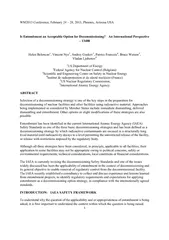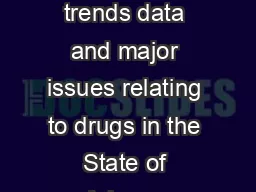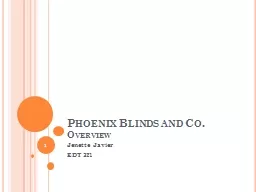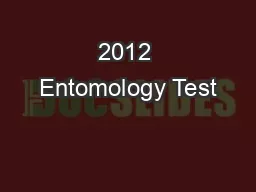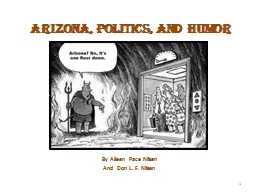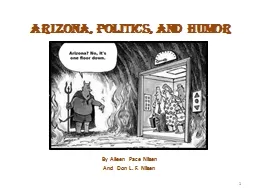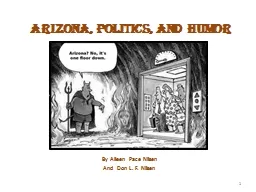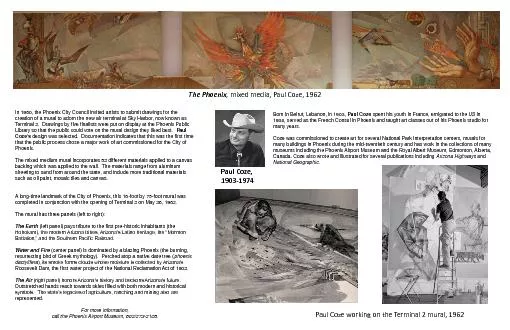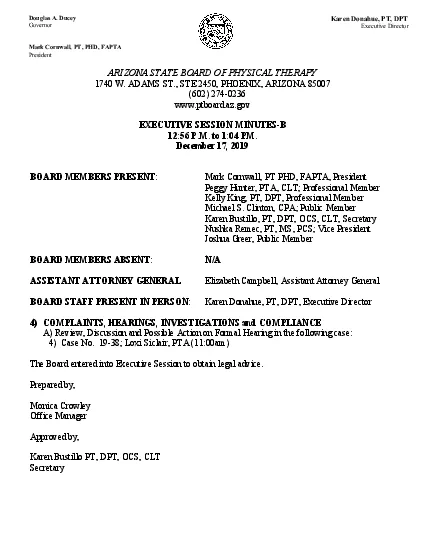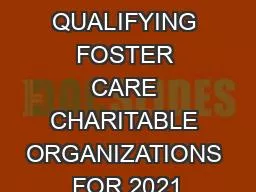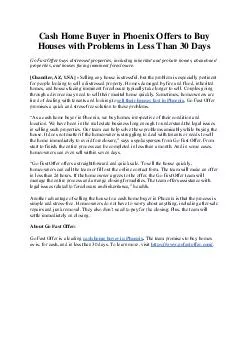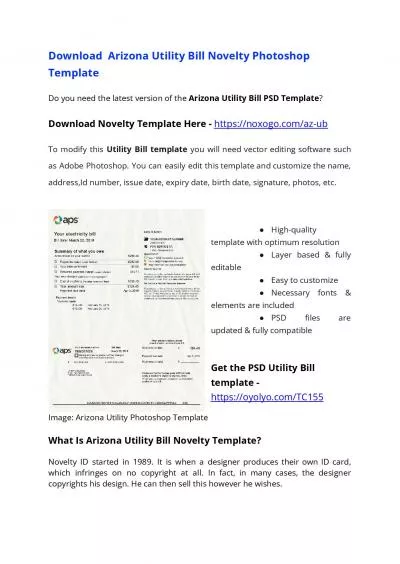PDF-WM Conference February Phoenix Arizona USA Is Ento
Author : karlyn-bohler | Published Date : 2015-06-10
Approaches being implemented or considered by Member States include immediate dismantling deferred dismantling and entombment Other options or slight modifications
Presentation Embed Code
Download Presentation
Download Presentation The PPT/PDF document "WM Conference February Phoenix Arizo..." is the property of its rightful owner. Permission is granted to download and print the materials on this website for personal, non-commercial use only, and to display it on your personal computer provided you do not modify the materials and that you retain all copyright notices contained in the materials. By downloading content from our website, you accept the terms of this agreement.
WM Conference February Phoenix Arizona USA Is Ento: Transcript
Download Rules Of Document
"WM Conference February Phoenix Arizona USA Is Ento"The content belongs to its owner. You may download and print it for personal use, without modification, and keep all copyright notices. By downloading, you agree to these terms.
Related Documents

